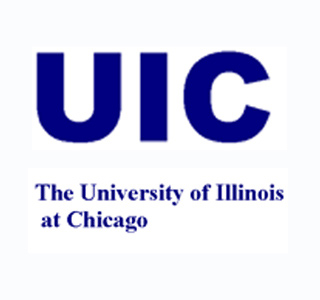
Pertaining to this, a research conducted at the University of Illinois at Chicago College of Medicine has demonstrated that adult stem cells from bone marrow may thwart acute lung injury in a mouse model of the disease.
In ALI, the layer of cells that develops into the lining of the blood vessels enclosing the lung’s air sacs is spoilt, thereby letting fluid to seep out and fill the sacs. It could be hard to mend the breaks in the endothelium or lining as endothelial cells are long-lasting. This was mentioned by Kishore Wary, UIC assistant professor of pharmacology and lead author of the research. Turnover of new cells might get prolonged for 2 to 5 years, and few of the precursor cells required as substitute, may flow in the body at any time.
Kishore Wary commented, “The stem cells that might be able repair the damage caused by ALI are simply not on hand.â€
Wary and his colleagues were apparently able to recognize progenitor stem cells in the bone marrow of mice that may perhaps avert and treat experimentally-induced ALI. These progenitor stem cells, called Flk-1 and CD34 for the proteins on their surfaces, may encompass an extremely small percentage of the stem cell population in the bone marrow, but researchers were supposedly able to develop a method of culturing the cells that augmented their figures and their ‘stickiness.’
The stem cells are believed to stud their surface with molecules named integrins that apparently let the cells attach to their goals and influence mending.
Wary mentioned, “Increasing this capacity for stickiness in our culture system was likely to make the stem cells more effective in repair.â€
When mice that had been infused with a compound that apparently is the reason for ALI were injected with the sanitized and cultured Flk and CD34 stem cells, the progenitor cells were supposedly able to mend the lung injury, thereby averting fluid upsurge and apparently resulted in better survival.
Wary remarked, “The mouse disease model not only demonstrated that stem cell treatment is a promising therapy for ALI but also provided us with the means to understand how these progenitor cells did their repair work. These therapeutic cells employed integrins to stick to the site of injury and turn on cellular and molecular repair machinery.â€
The researchers look forward to investigate the option of using stem cell therapy in human acute lung injury.
The findings were published in the Journal Stem Cells.
